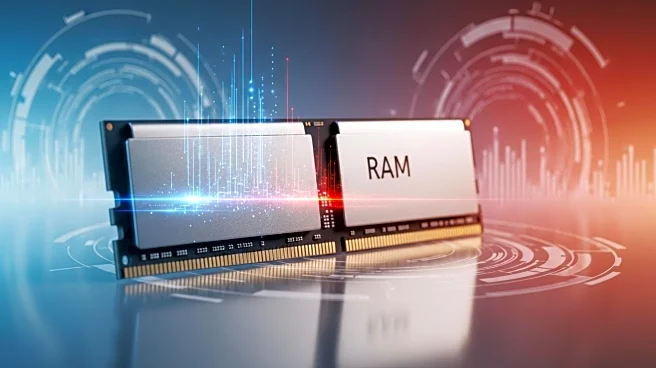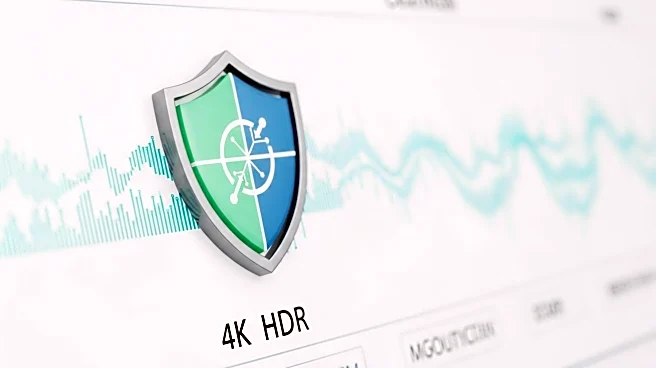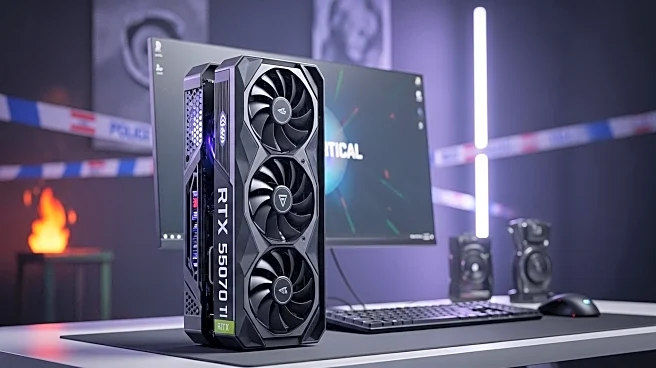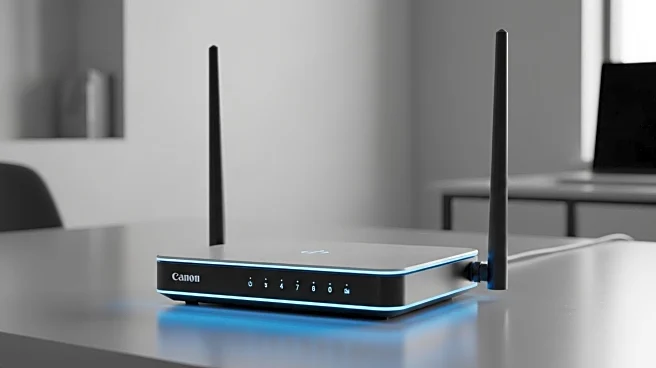What is the story about?
What's Happening?
Researchers have unveiled a new hardware attack, named Battering RAM, that compromises security technologies in Intel and AMD processors. The attack, developed by academic researchers from KU Leuven, University of Birmingham, and Durham University, requires physical access to the targeted device. It can bypass Intel SGX and AMD SEV-SNP technologies, which are designed to protect sensitive data in cloud environments. The attack involves using a $50 device called an interposer, which can redirect protected memory addresses to locations controlled by the attacker. Both Intel and AMD have acknowledged the attack but stated that it falls outside their threat models due to the necessity of physical access.
Why It's Important?
The Battering RAM attack highlights potential vulnerabilities in widely used security technologies, raising concerns about data protection in cloud computing environments. While the attack requires physical access, it underscores the need for robust physical security measures in data centers and cloud facilities. The disclosure may prompt cloud service providers and enterprises to reassess their security protocols and consider additional safeguards. The attack also emphasizes the ongoing challenges in securing hardware against sophisticated threats, potentially influencing future research and development in processor security.
Beyond the Headlines
The attack's reliance on physical access suggests potential risks from insider threats, such as rogue employees or compromised supply chains. It also raises questions about the adequacy of current security models in addressing physical vulnerabilities. The researchers' decision to publish the technical details of the attack could lead to further scrutiny and innovation in hardware security. Additionally, the attack may prompt discussions about the balance between transparency in security research and the potential risks of exposing vulnerabilities.
AI Generated Content
Do you find this article useful?















